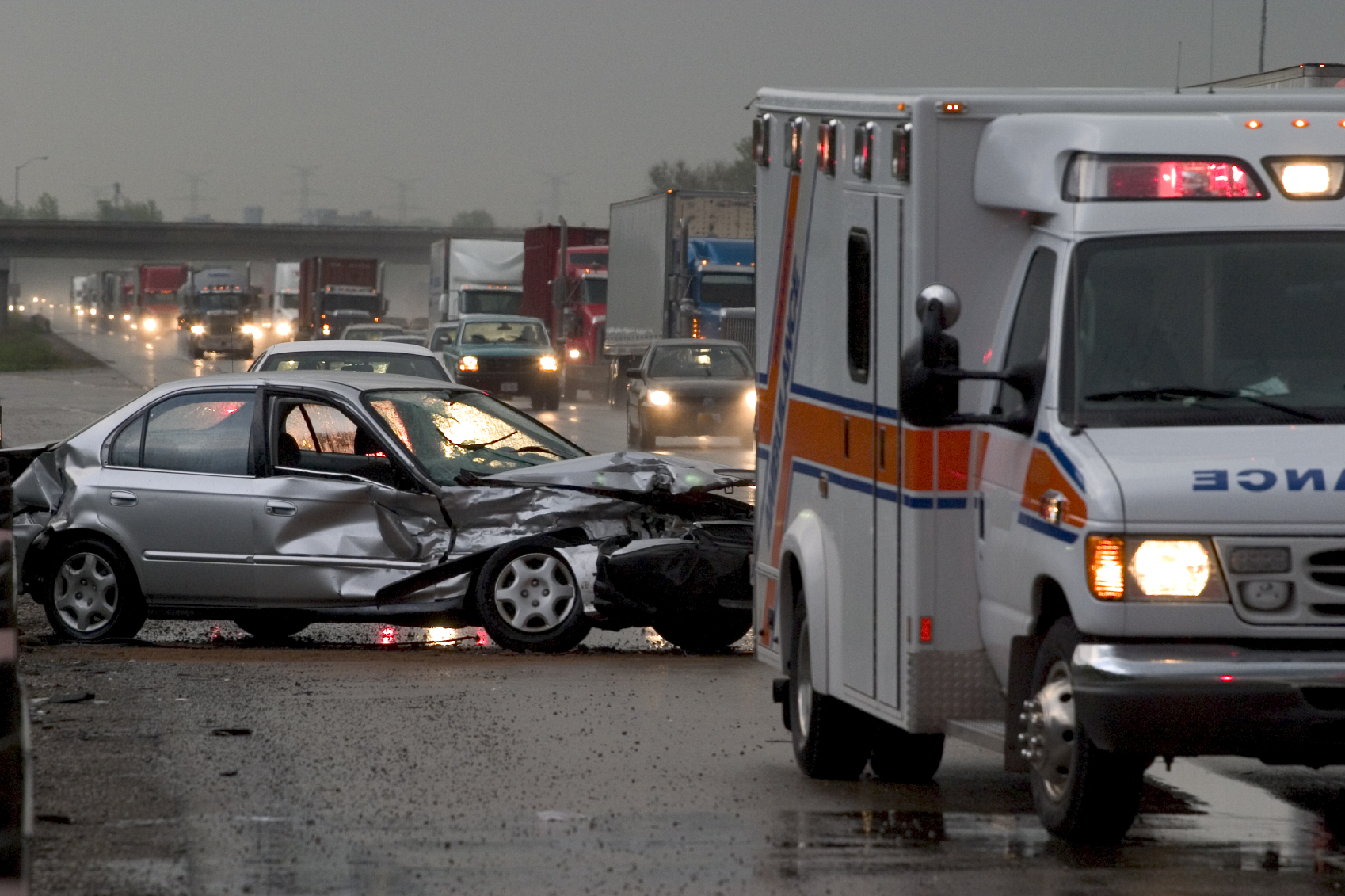Watching the seasons unfold is one of the wonders of the world. But, as the leaves change and the air gets cooler, it’s good to keep in mind how a new climate will affect you on the road. Drivers should be aware of some common seasonal changes occur in a year.
Spring:
Winter thaws into spring leaving drivers excited to hit the newly cleared roads. Despite the excitement, be sure that you’re aware of standing pools where ice had melted. Driving through them too quickly can cause an auto accident so alertness is key.
Pedestrians also become more active during the spring. They come back from the winter season ready for an outdoor lifestyle. Drivers should go slower around bike lanes, hiking trails and other areas where they’re likely to encounter people enjoying the warm weather.
Summer:
Summertime attracts quite a fair share of showers – especially for those living in tropical areas. Hurricanes and thunderstorms make it quite a dangerous time to be one the road. Make sure that you’re checking the weather and only driving when you’re comfortable.
Additionally, because school is out, many adolescent drivers are itching to get behind the wheel. This leads to a sharp increase in car accidents throughout summer, making defensive driving evermore important.
Fall:
During this period, the early morning and late afternoon feature a lower hanging sun. Areas that were shady in summer might be extremely bright, hard to see and more dangerous to drive through. Having a pair of sunglasses is ideal for driving this time of year.
Fallen, wet leaves stick to wheels and cause a loss of traction, leading cars to slip along roads. Try to drive in middle lanes away from clusters of leaves. Fog, another staple of this season, makes it difficult for drivers to see the street. High beams bounce off of the fog and create a glare. Instead, use your low beams and drive calmly, always leaving distance between you and another car.
Winter:
In colder months, roads can become slicked with ice and tires struggle to catch tread. This leads to frequent car crashes on highways and city streets. One way you can prevent the likelihood of a crash is to place chains on your tires.
Snowstorms and freezing rain can also impair a driver’s visibility on the road. The absolute best thing to do in cases like this is to pull over until you are able to see. Always keep a handy kit of tools like a shovel, windshield scrapers and a coat so that you’re prepared if you find yourself in a bind.
Accidents happen all year long, but being aware of the sources of collisions will help you prepare as the seasons change. If you do happen to get into a crash, know that Blue Cross Blue Shield is always ready to help. We provide insurance with coverage for accident injuries – year round.





